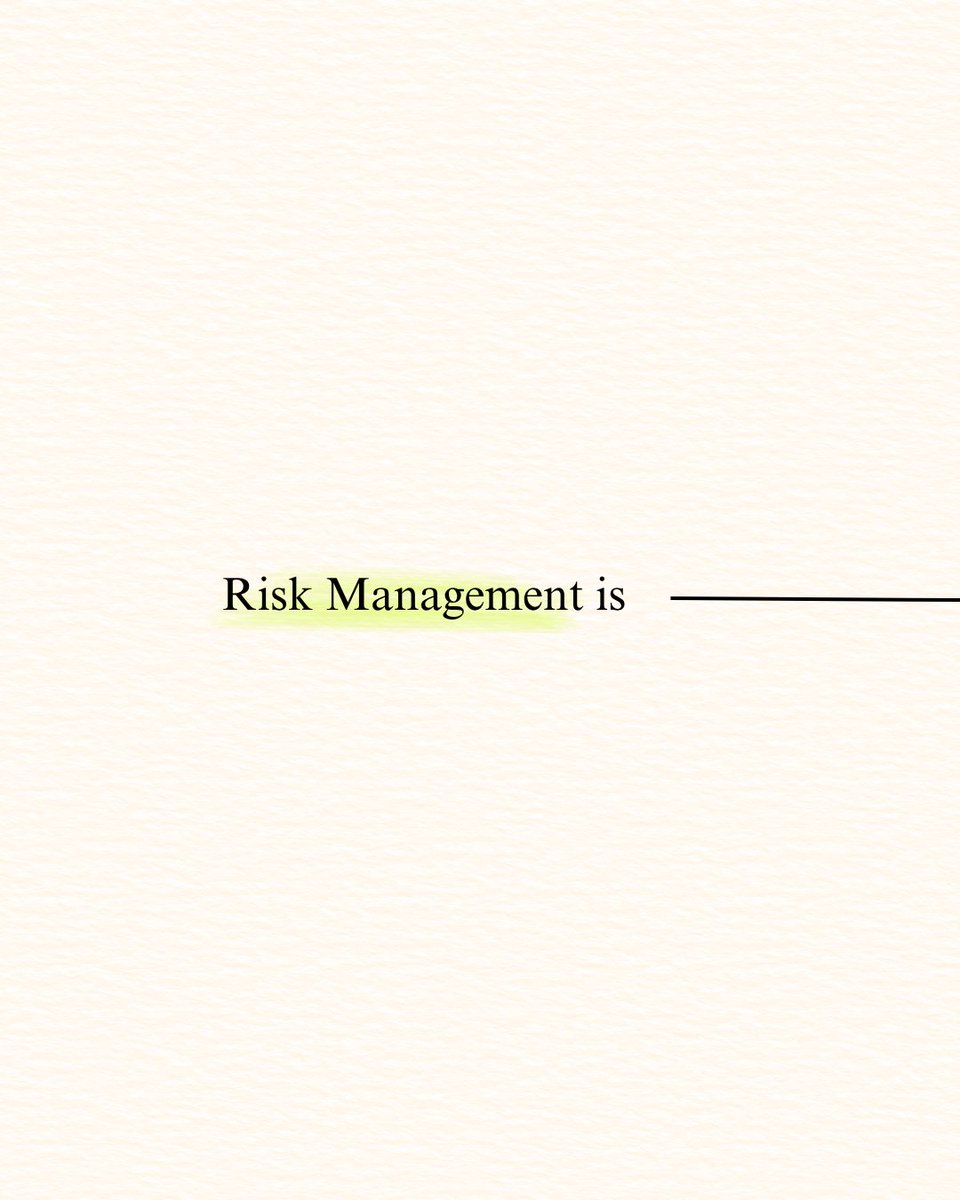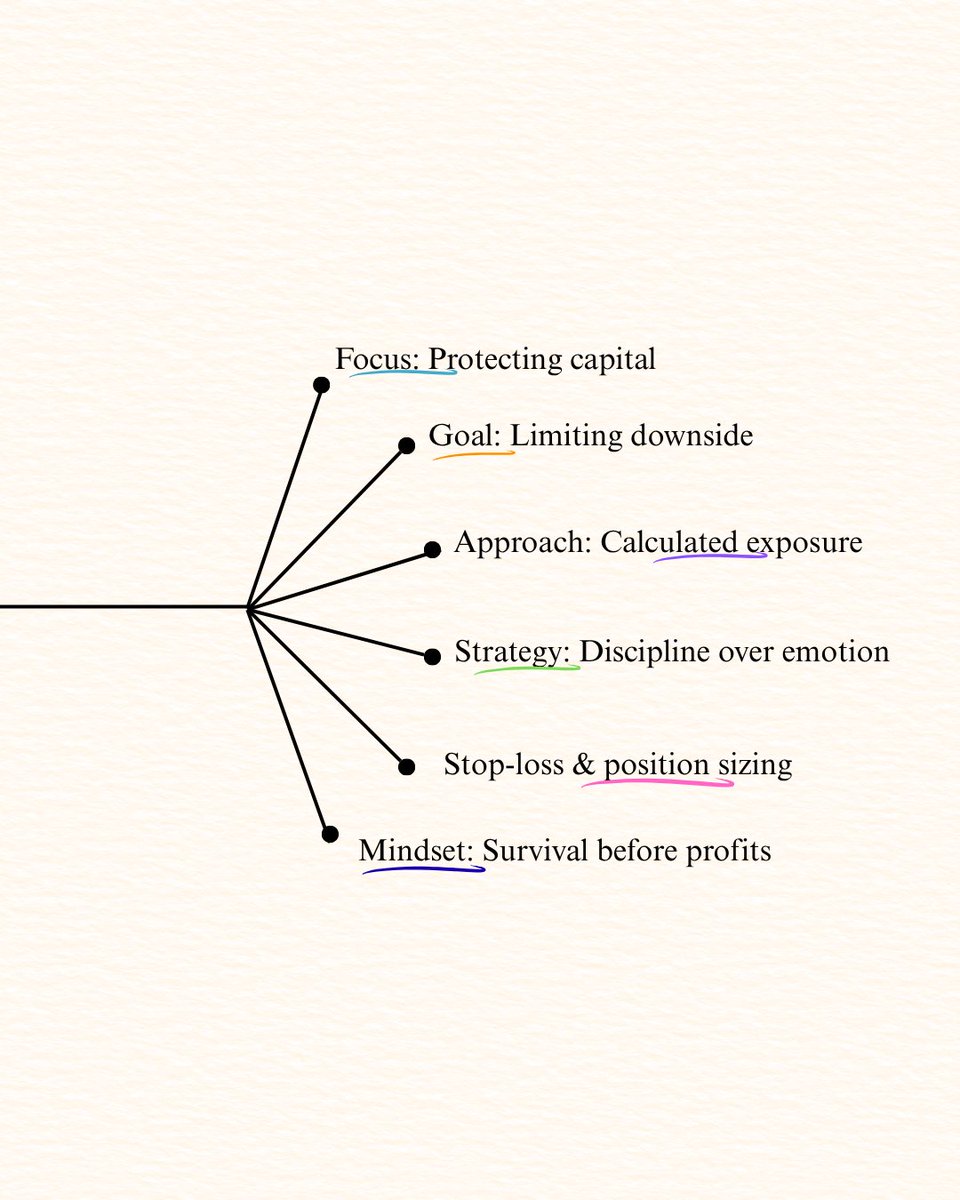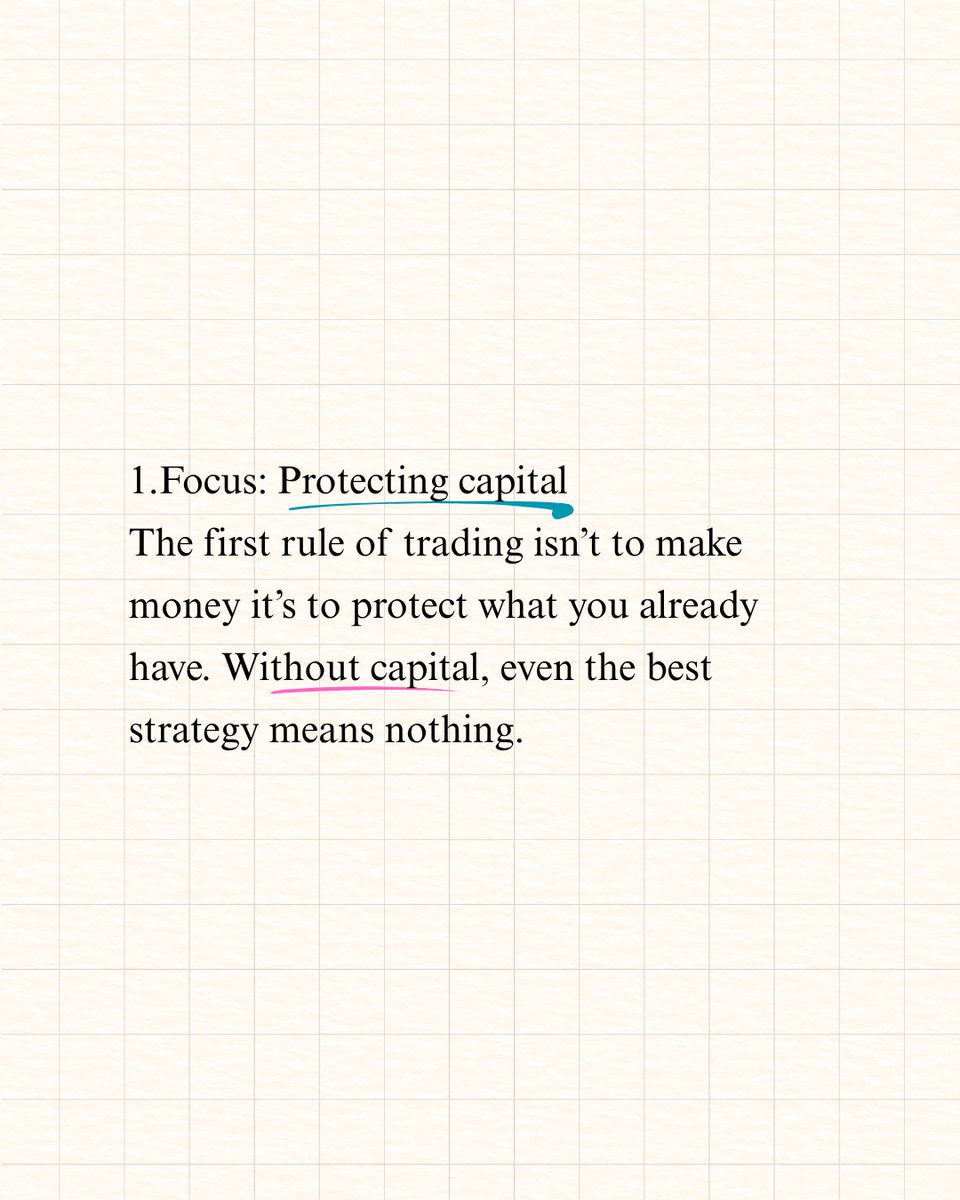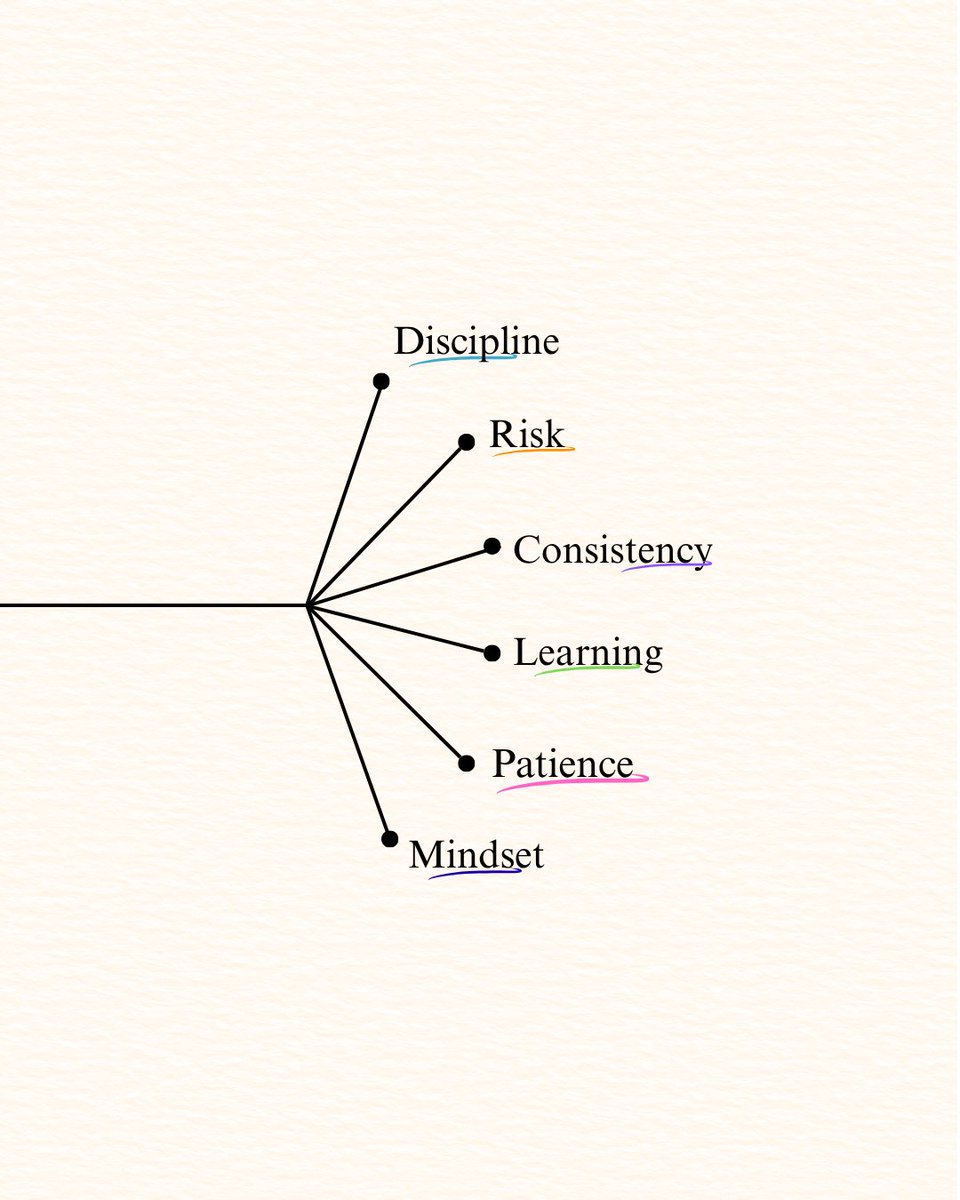Power of Desire (Thread)
1) The Story of Edwin C. Barnes
“There is but one thing in this world that I am determined to have, and that is a business association with Thomas A. Edison. I will burn all bridges behind me and stake my entire future on my ability to get what I want”
1) The Story of Edwin C. Barnes
“There is but one thing in this world that I am determined to have, and that is a business association with Thomas A. Edison. I will burn all bridges behind me and stake my entire future on my ability to get what I want”

2) But Barnes had no invention to his name, no particular skills of use, and couldn’t scrape together the meager amount of money it’d take to pay his rail fare to New Jersey(where Edison lived)
3) He had no money, no guarantee he’d even get to meet the legendary inventor, nothing promising to offer Mr. Edison should he cross paths with him, and absolutely no hint of a reason to believe that Edison would take him on in any capacity.
All Barnes did have was desire🏆
All Barnes did have was desire🏆

4) Barnes arrived in New Jersey and managed to meet Edison. Upon meeting Barnes, Edison says,
“He stood there before me, looking like an ordinary tramp, but there was something in the expression of his face which conveyed that he was determined to get what he had come after.”
“He stood there before me, looking like an ordinary tramp, but there was something in the expression of his face which conveyed that he was determined to get what he had come after.”

5) Edison says, “I had learned, from years of experience with men, that when a man really desires a thing so deeply that he is willing to stake his entire future on a single turn of the wheel in order to get it, he is sure to win”
And he gave Barnes the opportunity
And he gave Barnes the opportunity
6) Barnes did not get his partnership with Edison on his first interview.
He did get a chance to work in the Edison offices, at a very nominal wage, doing work that was unimportant to Edison, but most important to Barnes.
He did get a chance to work in the Edison offices, at a very nominal wage, doing work that was unimportant to Edison, but most important to Barnes.
7)In doing this irrelevant work, Barnes made a point to showcase his more intangible attributes to Edison any chance he could. His unrelenting mindset was “I came here to go into business with Edison, and I’ll accomplish this end if it takes the remainder of my life.” 

8) Months passed and still, Barnes goal went unrealized. But then came an opportunity
Edison had just completed work on a new office device, at the time named the Edison Dictating Machine; later known as the Ediphone.
Edison had just completed work on a new office device, at the time named the Edison Dictating Machine; later known as the Ediphone.
9) Edison was having trouble getting his salesmen to take on the invention. They thought it’d take just short of a miracle to sell the thing.
10) In this struggle, Barnes saw his opportunity. He believed that he could sell the machine and approached Edison with a plan on how he’d do so. Upon reviewing the strategy, Edison gave him his chance. 

11) Barnes took full advantage and went on a roll selling the Ediphone. His success was such that Edison eventually gave him an exclusive contract to distribute and market the device all over the nation! 

12) Their association as business partners became so well known, it gave birth to the slogan,
“Made by Edison and installed by Barnes.”
“Made by Edison and installed by Barnes.”

13)The venture made Edwin Barnes lot of money and their partnership lasted 30 years.
“We all have this ability inside us. The big question is whether we wish to go all in for our desire.”
End
“We all have this ability inside us. The big question is whether we wish to go all in for our desire.”
End

• • •
Missing some Tweet in this thread? You can try to
force a refresh



















